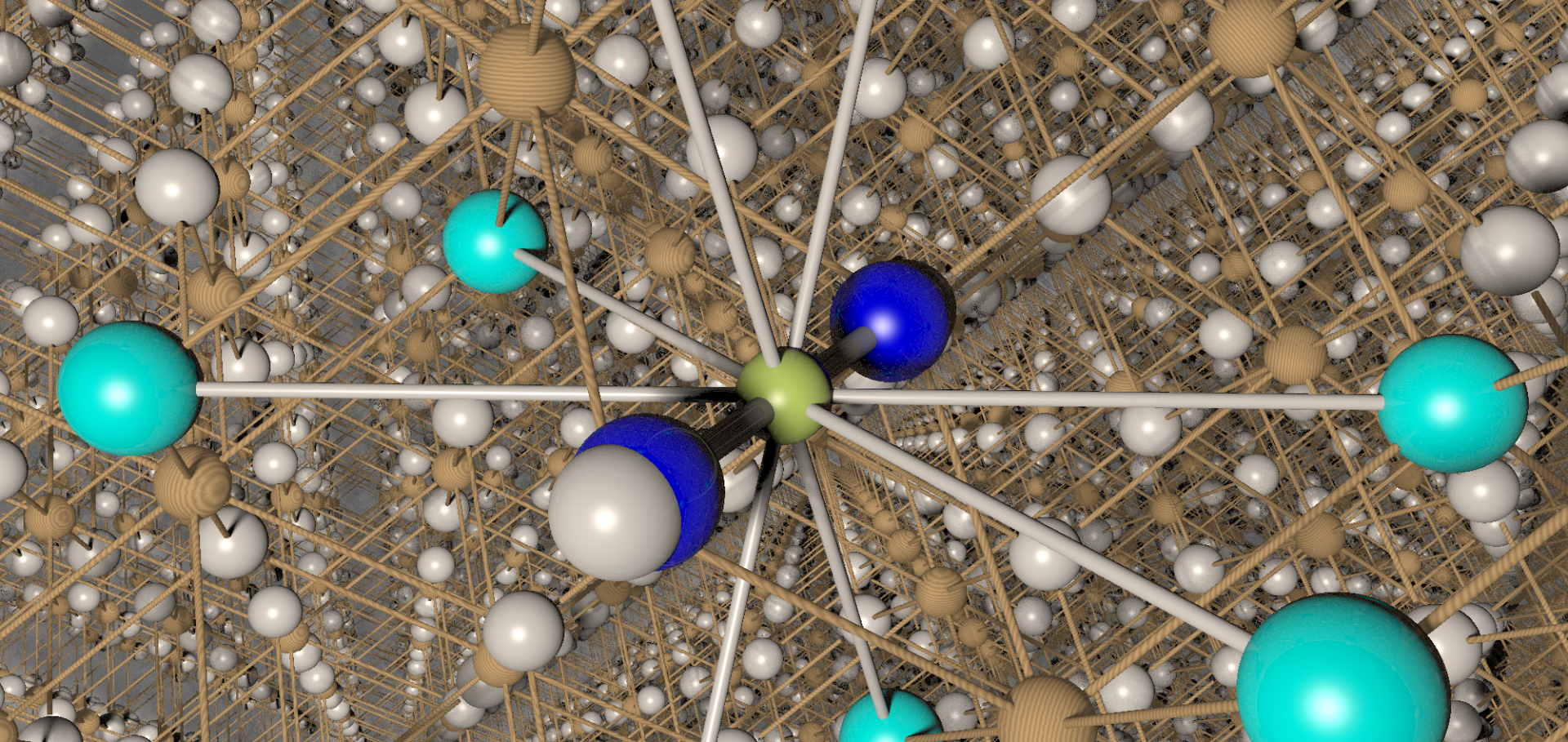Fundamentals of thermoelectricity, by Kamran Behnia
Contemporary Physics Taylor & Francis 58:1 (2017) 101-102
Quantum-critical spin dynamics in a Tomonaga-Luttinger liquid studied with muon-spin relaxation
Physical Review B American Physical Society 95:2 (2017)
Abstract:
We demonstrate that quantum-critical spin dynamics can be probed in high magnetic fields using muon-spin relaxation (μ+SR). Our model system is the strong-leg spin ladder bis(2,3-dimethylpyridinium) tetrabromocuprate (DIMPY). In the gapless Tomonaga-Luttinger liquid phase we observe finite-temperature scaling of the μ+SR 1/T1 relaxation rate which allows us to determine the Luttinger parameter K. We discuss the benefits and limitations of local probes compared with inelastic neutron scattering.Quantum Griffiths phase inside the ferromagnetic phase of Ni$_{1-x}$V$_x$
(2016)
ChemInform Abstract: The Parent Li(OH)FeSe Phase of Lithium Iron Hydroxide Selenide Superconductors.
ChemInform Wiley 47:50 (2016) no-no
Robustness of superconductivity to competing magnetic phases in tetragonal FeS
Physical Review B American Physical Society 94:13 (2016)


